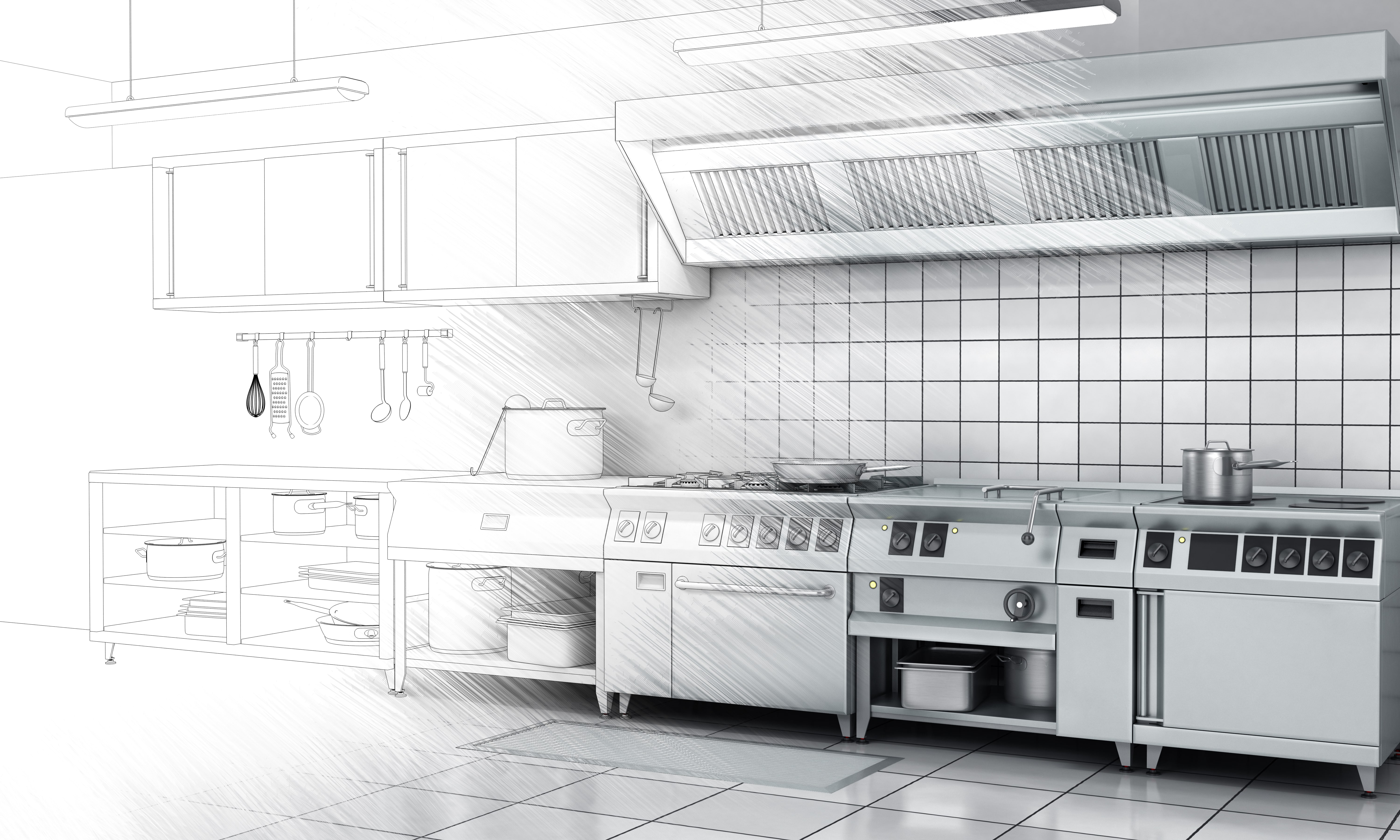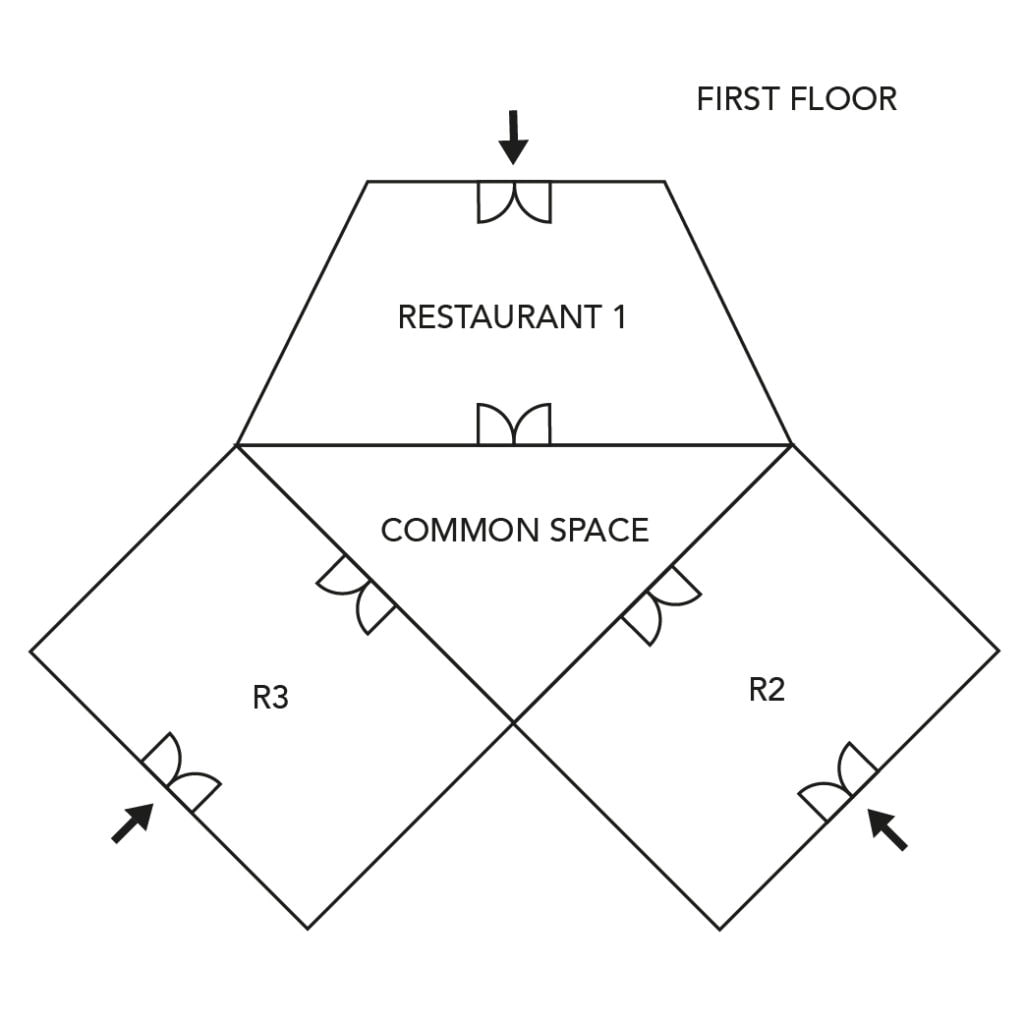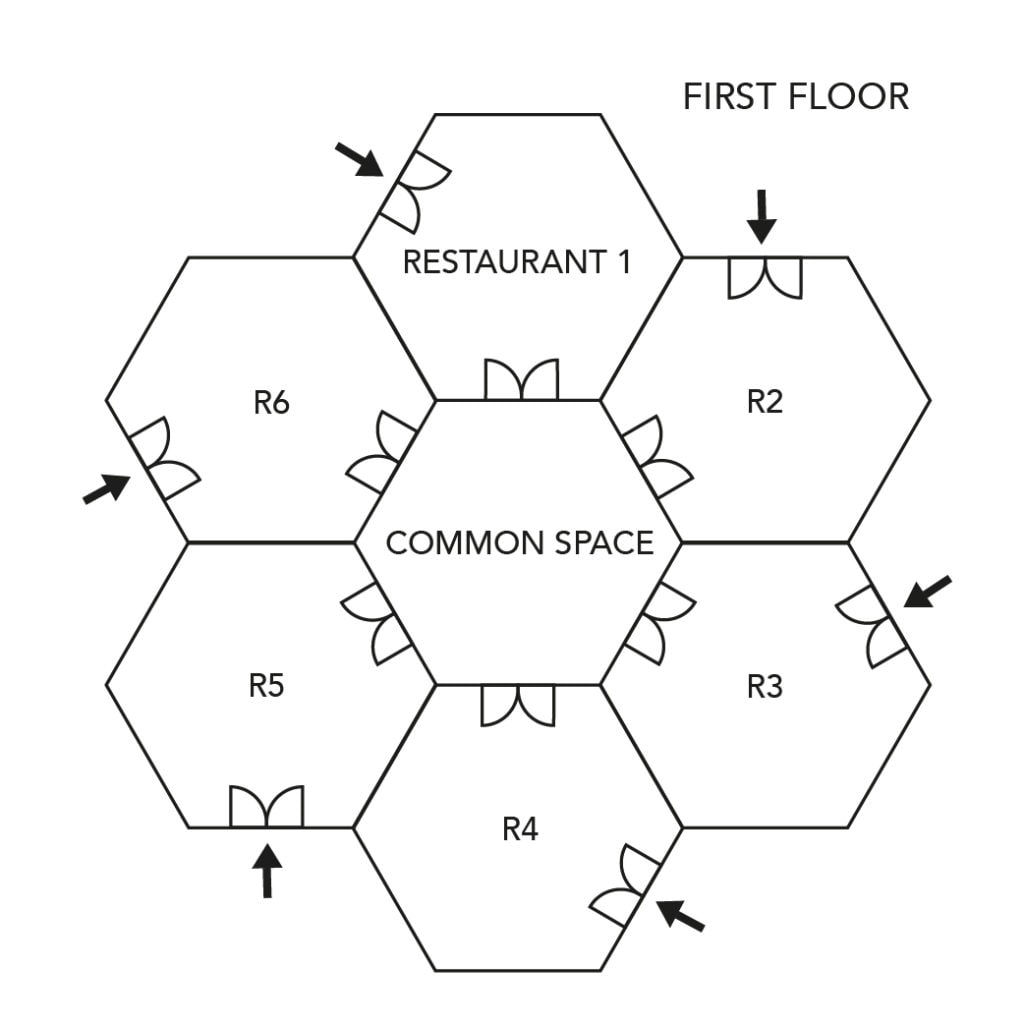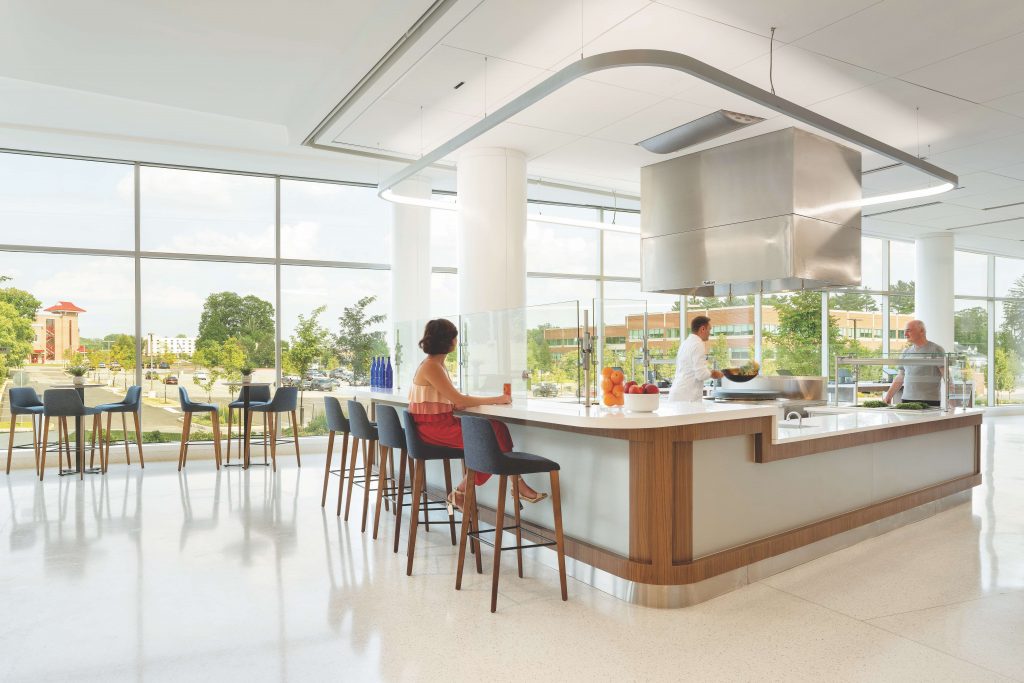
Seven months on from the outbreak of Covid-19 and it seems there is still a lack of understanding – as well as many misleading remarks –about the virus. Some think the necessary precautions to socially distance and protect against the virus are impossible to enforce, while for others the invisible nature of the threat means such precautions are easily ignored. Scientific progress is slow and vague, often seemingly inclined toward political decisions.
Lockdown is being eased and the hospitality sector reopened in many countries, which seems at first glance to be a positive step. But how we serve customers safely is still a huge challenge, with much of the existing infrastructure and thinking around hospitality being old fashioned and not fit for purpose. So, how can we reshape our approach?
A new paradigm
It is clear that there is a huge dispute between the importance of economic and commercial recovery and keeping people safe. Severe spikes have been recorded in countries in all over the world and especially in the US, as hospitality and leisure activities reopen.
Of course, the foodservice industry is largely dependent upon hospitality and tourism, the sectors hardest hit by Covid-19. Due to the nature of foodservice, close contact with customers is unavoidable, especially while bringing food to the table and clearing dirty dishes.
The difficulty will be defining and executing a new normal that benefits the industry while keeping people safe. Otherwise, who are we recovering the economy for?
Economic impact
Covid-19 threatens not only our healthcare systems, but also the livelihoods of citizens and the stability of economies.
Global trade is down, falling by 3% in the first quarter of 2020 and a quarter-on-quarter decline of 27% is expected in the second quarter, based on Conference on Trade and Development estimates. And experts predict the economy isn’t likely to bounce back until 2021, suggesting things will get worse before they get better.
Previous predictions that one billion international tourists would contribute $1.2 trn in revenue 2020-2025 are now null and void. Meanwhile, the UN World Tourism Organization estimates 120 million jobs within the industry are at risk.
While some governments have put initiatives in place to support those affected, many others seem reluctant to solve the dilemma. Around 1.6 billion informal workers have lost 60% of their income during the pandemic, according to the International Labour Organization, with little to no savings and no access to social protection.
Any recovery will have to include a wider human rights-based, just and fair social contract between governments and people. To get through this effectively, we will need collaboration on a global scale, as no country will be able to address the challenges alone.
Safe design
While there is a renewed focus on safety in light of Covid-19, kitchen design has included all the necessary precautions against possible bacteria and virus transmission for at least the last two decades. Especially in storage and cooking areas where there is direct contact with food, it is very important to account for cross contamination.
This is where experienced consultants are so valuable, making sure these important considerations aren’t overlooked.
Nevertheless, big changes will have to be implemented in the future to ensure efficient and safe operation post Covid-19. The core idea is to create safer environment from farm to fork, and even further to recycling.
Buying local
As boarders shut and businesses closed, global supply chains were disrupted resulting in shortages of various products. While this has limited our choice, it’s also had a positive impact on local economies, as we’ve turned to locally produced goods, rather than mass produced products.
The rise in soil-less and vertical farming options could support this more localised approach, meeting the demand for higher quality food, as people look to improve their diet and boost their immune systems.
We are also likely to see more companies operating ghost kitchens, perhaps serving more than one tenant, acting as a central preparation function serving different shops as per menu varieties.
The new model
The technological advances in construction and foodservice have already begun to change the restaurant and hospitality spaces. But now we must learn from the pandemic when implementing new technology, innovating in a way that benefits the business while meeting customer expectations.
For example, food courts could be built separately to shopping malls, focusing not just on convenience but the environmental impact of the building. These may use different kitchen and seating set ups, such as multiple outlets serving from a common shared kitchen or a different service scenario could be applied through the ghost kitchen concept.
 These spaces could accommodate both fast and slow food types, with physical conditions and infrastructure planned for both. Apps can support contactless ordering will reduce waiting times while improving safety. Fresh food could be grown onsite, especially green-leafy foods with low resistance, produced in greenhouses or special production cabins adjacent to the facility.
These spaces could accommodate both fast and slow food types, with physical conditions and infrastructure planned for both. Apps can support contactless ordering will reduce waiting times while improving safety. Fresh food could be grown onsite, especially green-leafy foods with low resistance, produced in greenhouses or special production cabins adjacent to the facility.
Each restaurant will have its own seating area and service area, preparing its individual menu but in a shared cooking space. This will result in reduced operational costs, with preparation and cooking benefitting from shared equipment and savings on electricity, water and HVAC.
With healthy food and nutrition as a focus, kitchens will be designed to support the preparation of natural and fresh produce. Restaurants could use the production line to prepare food for both fully prepared meals where the customer dines in, as well as selling pre-prepared items for customers to take away and cook at home. This could be applied to food courts, central markets, hotels, etc.
 Adapting for the future
Adapting for the future
We’re discussing these options with clients and pioneering these designs to help them meet and exceed the regulations and shifts in behaviour brought about by Covid-19. We can’t carry on or survive within the existing environment, so we must adapt.
Buildings need to become compatible with zero-waste concepts and include passive cooling. Food needs to be produced more locally, reducing the cost of storage and transportation, as well as carbon footprint. The result will be cleaner environments and better food, which will in turn mean healthier lives.
We are entering in a very exciting era and we should be prepared to make the most of it.
Serdar Sağlamtunç FCSI is CEO of DM Consulting Engineering






